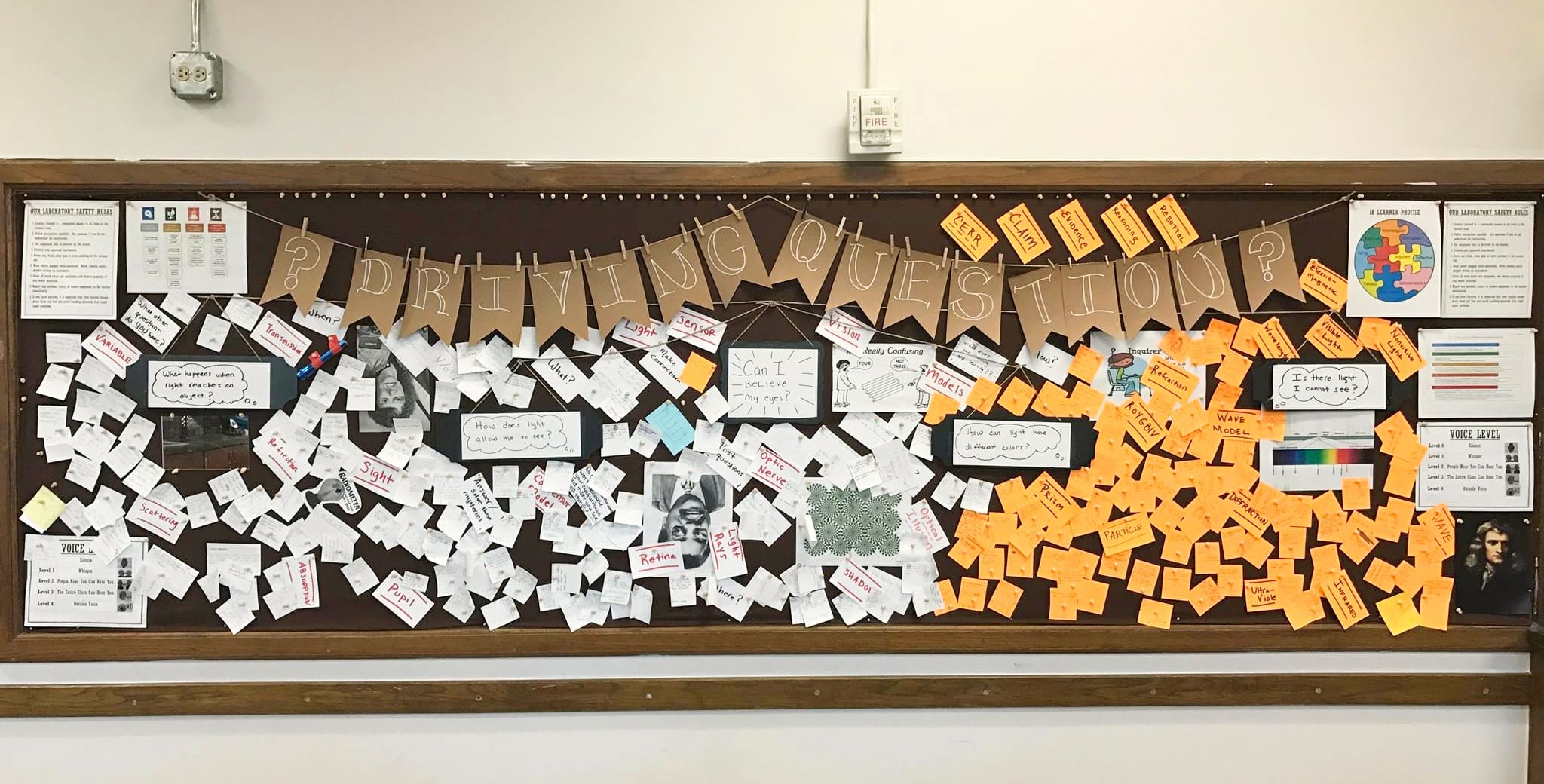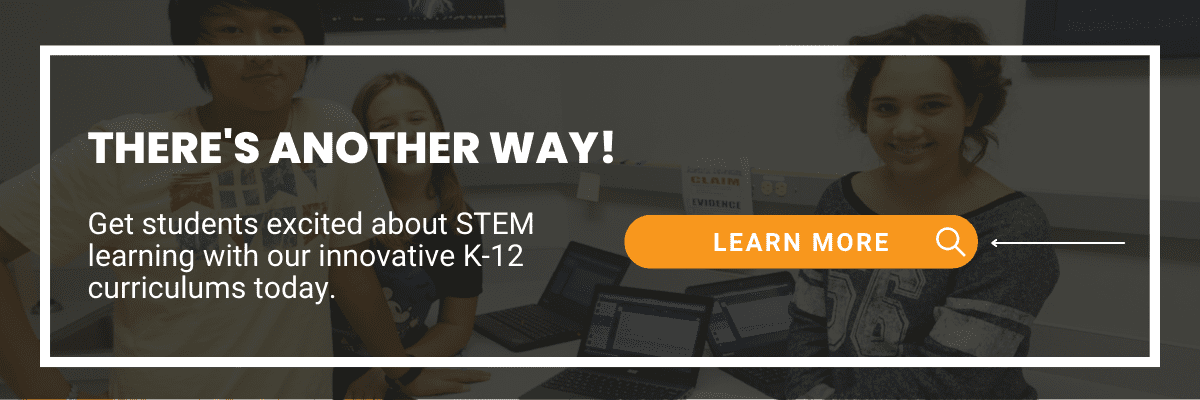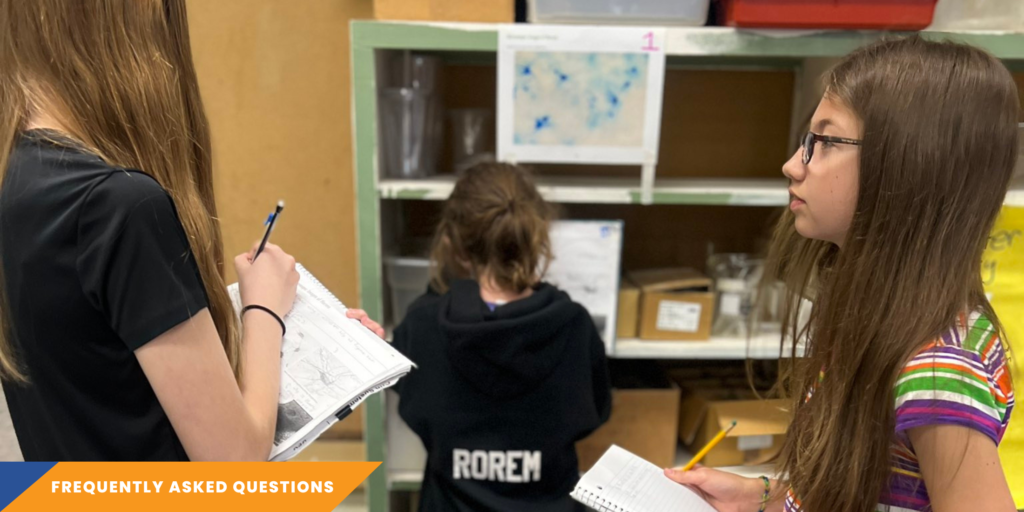What’s a Driving Question Board and How Does It Shift Students from Learning Science to Actively DOING Science?
![Blog Header Image - Driving Question Board [PHOTO CREDIT: OpenSciEd Science teacher, Gretchen Brinza, @gretchenmilary on Twitter]](https://activatelearning.com/wp-content/uploads/2023/06/Blog-Header-Image-Driving-Question-Board.png)
Quick Take: The Driving Question Board is a powerful tool for transforming science education that prepares students for STEM careers of the future. It facilitates active learning, encourages student inquiry, and fosters a sense of ownership. Learn how the Driving Question Board serves as a roadmap for explaining phenomena, tracks student progress, and connects activities to the driving question – immersing students in real-word science practice.
What is a Driving Question Board?
In the realm of science education, finding effective ways to engage students and encourage active participation is crucial. Activate Learning uses an innovative tool called the Driving Question Board (DQB) that transforms the traditional classroom experience and shifts students from learning about science to actively doing science. By fostering curiosity, collaboration, and ownership, the DQB empowers students to transition from passive learners to deeper learning as active scientists. In this blog post, we will explore the concept of the Driving Question Board, its purpose, and how it facilitates the shift from learning science to actively doing science.
What Does a Driving Question Board Look like?
The DQB is a large poster board prominently displaying the driving question for exploring phenomena in each unit of Activate Learning's NGSS-aligned curriculum. The DQB acts as a visual reference point, featuring the driving question at its center, surrounded by sub-questions that represent the main learning goals of Activate Learning's NGSS-aligned curriculum units. Most importantly, the DQB is a collaborative creation, jointly constructed by both students and the teacher at the start of the unit, and it evolves throughout the learning process. This process puts the student at the center of their learning experience, while the teacher acts as a facilitator who is learning along with the student.
How Do You Make a Driving Question Board?

To initiate the creation of the DQB, the teacher presents an anchoring phenomena activity -an exciting real-world example or engaging experience-to introduce the driving question. Following this, students generate their own questions related to the anchoring activity and the driving question, fostering a community of learners. Working in groups, students write their questions on sticky notes, which are then organized under relevant sub-questions provided by the teacher. Whole-class discussions lead to the refinement and arrangement of the questions.
How Do you Use a Driving Question Board?
Once the temporary poster or sticky notes are collected, the teacher prepares the actual DQB to be posted in the classroom. It features the driving question and the students' sorted questions under corresponding categories or sub-questions. The DQB serves as a visual roadmap, helping students track their progress, revisit previous activities, and make connections between their investigations and the overarching driving question. Artifacts, sample work, and photographs related to the unit can also be displayed alongside the questions, reinforcing the learning journey.
What is the Purpose of the Driving Question Board?
The Driving Question Board serves multiple purposes that enhance student engagement and learning. Firstly, it provides explicit connections between activities and the context set by the driving question, acting as a roadmap that organizes and showcases students' progress. Secondly, it scaffolds the practice of asking questions, developing students' questioning skills and critical thinking abilities. Additionally, the DQB fosters a sense of ownership and community among learners, as it is a collaborative creation that reflects their unique inquiries and investigations.
Tips to Start Developing and Using the Driving Question Board

To effectively utilize the DQB as an interactive tool, certain practices are recommended. The board should be regularly revisited, allowing the teacher to make connections between activities and the driving question. This ensures that students remain focused and engaged throughout the unit. Teacher questioning plays a vital role in modeling the type of questions students should ask, fostering a deeper understanding of the subject matter. Teacher questioning can help students figure out gaps in their preliminary thinking, help uncover ideas students take for granted, and spark students' realization that their current explanations are insufficient. By integrating these practices, the DQB becomes a powerful resource that cultivates student-centeredness and curiosity.
Transform Science Learning in Your Classroom with a Driving Question Board!
The Driving Question Board not only transforms the learning experience but also prepares students for the STEM jobs of the future. By engaging students in active science inquiry and developing their questioning skills, the DQB cultivates the essential competencies needed in real-world STEM fields. In these jobs, professionals must be able to ask meaningful questions, think critically, and work collaboratively to solve complex problems. The DQB serves as a training ground for these skills, as students learn to explore, investigate, and analyze scientific phenomena.
Additionally, the collaborative nature of the DQB fosters teamwork and communication, mirroring the interdisciplinary and collaborative work environments prevalent in STEM industries. By working together to construct the board, students develop the ability to communicate their ideas effectively, listen to others, and build upon shared knowledge.
Activate Learning's approach to utilizing the DQB prepares students to become future innovators, problem solvers, and leaders in the STEM workforce.
Ready to Learn More About Driving Question Boards?
Watch this webinar recording to take a deeper dive into Driving Question Boards. Mary Kelley, Professional Development Facilitator for Activate Learning, shares how teachers can use our Driving Question Board to move students from learning about science, to figuring out science.

[Header Photo Credit:OpenSciEd Science teacher, Gretchen Brinza, @gretchenmilary on Twitter]




